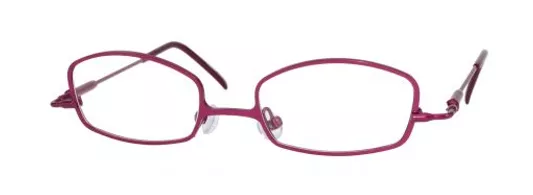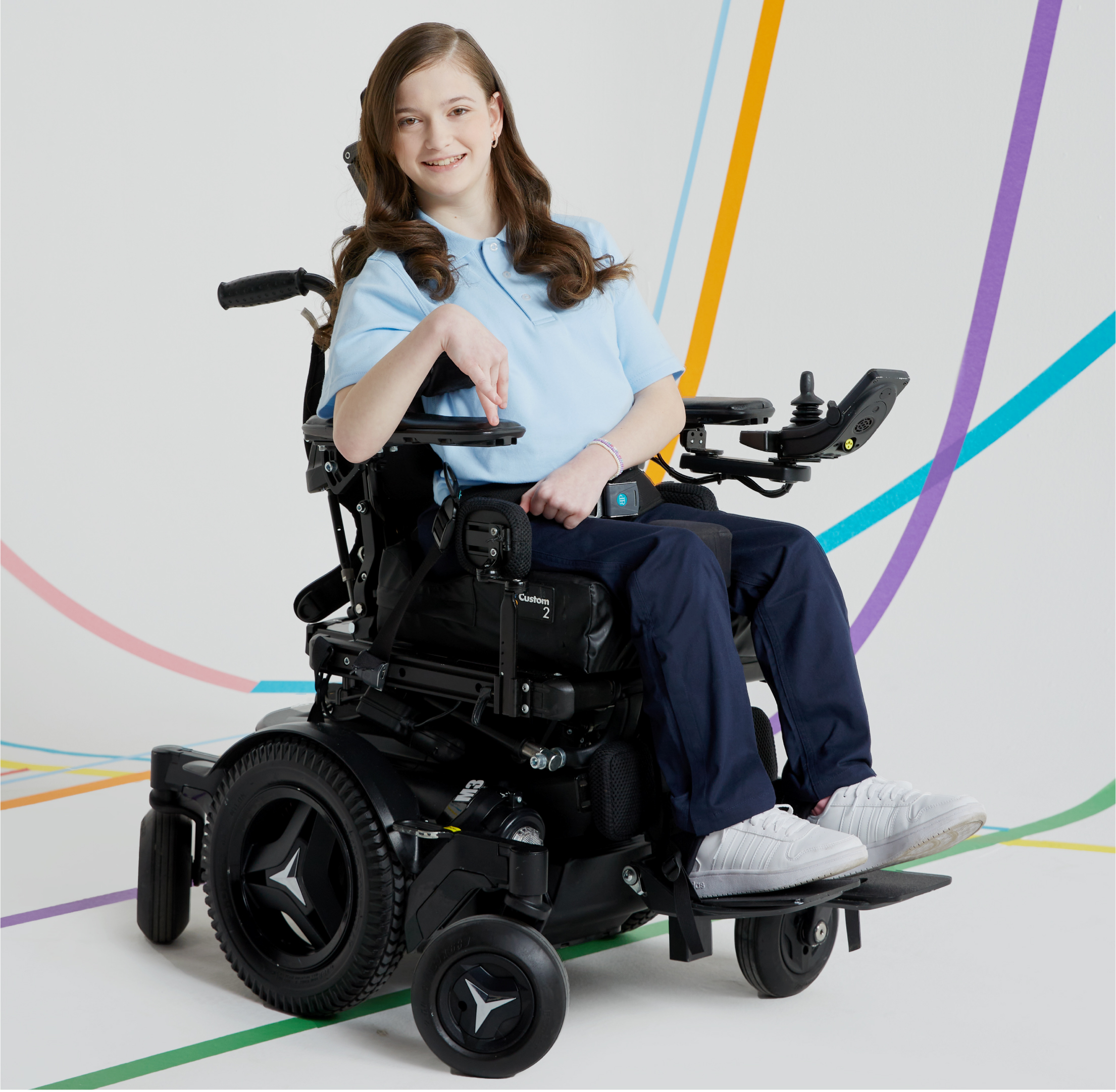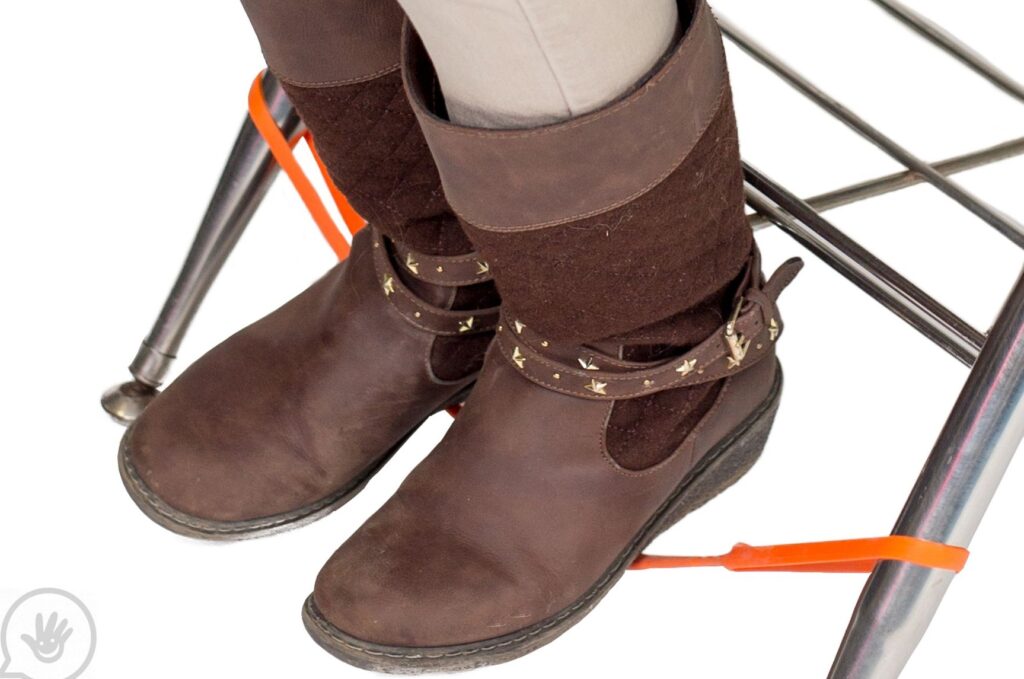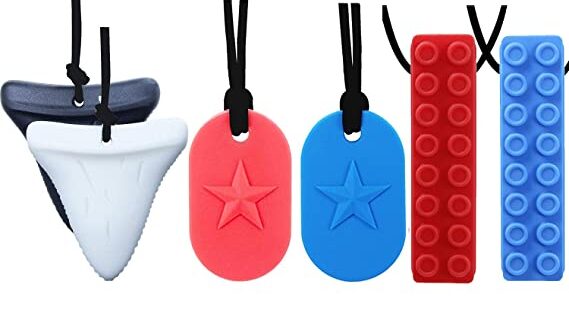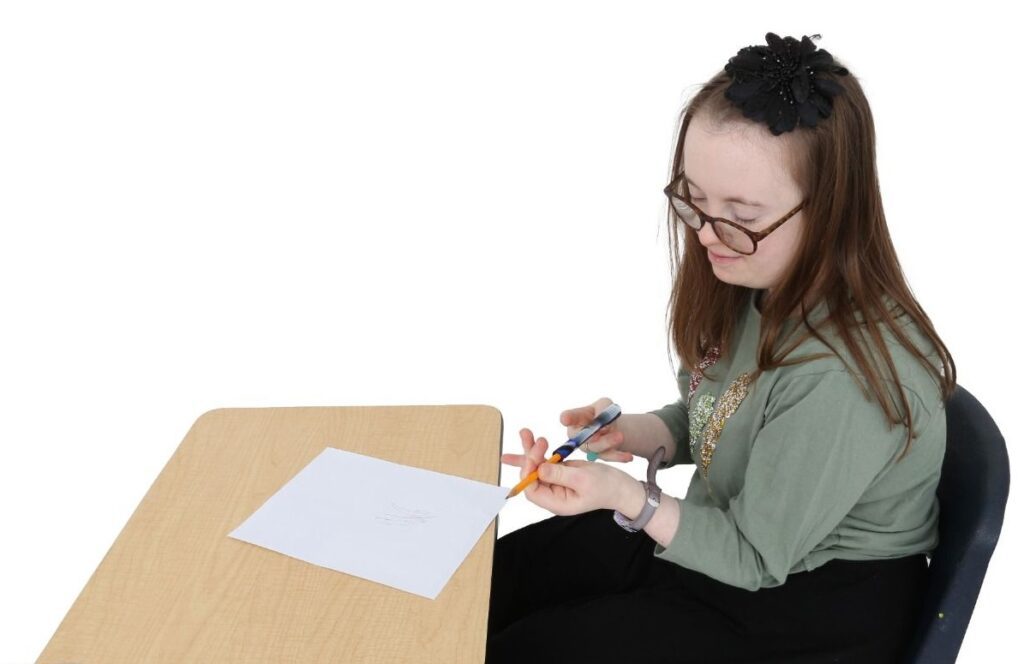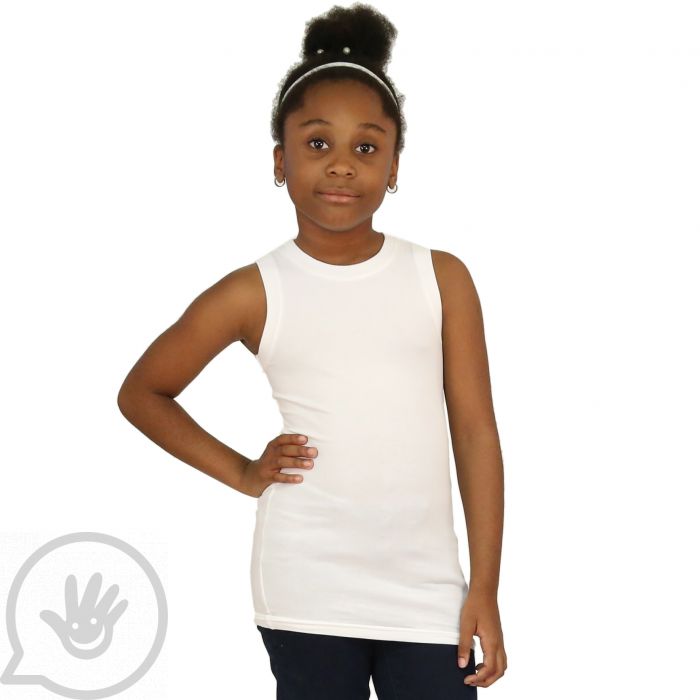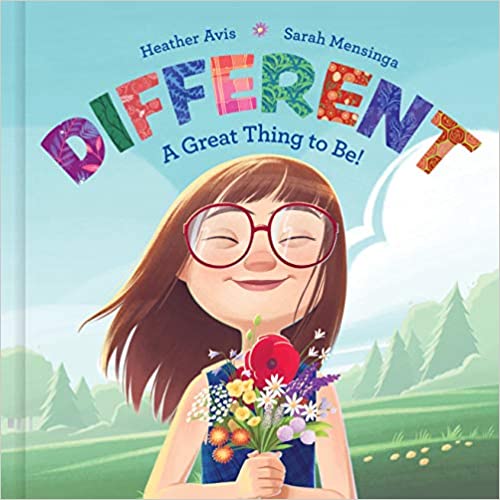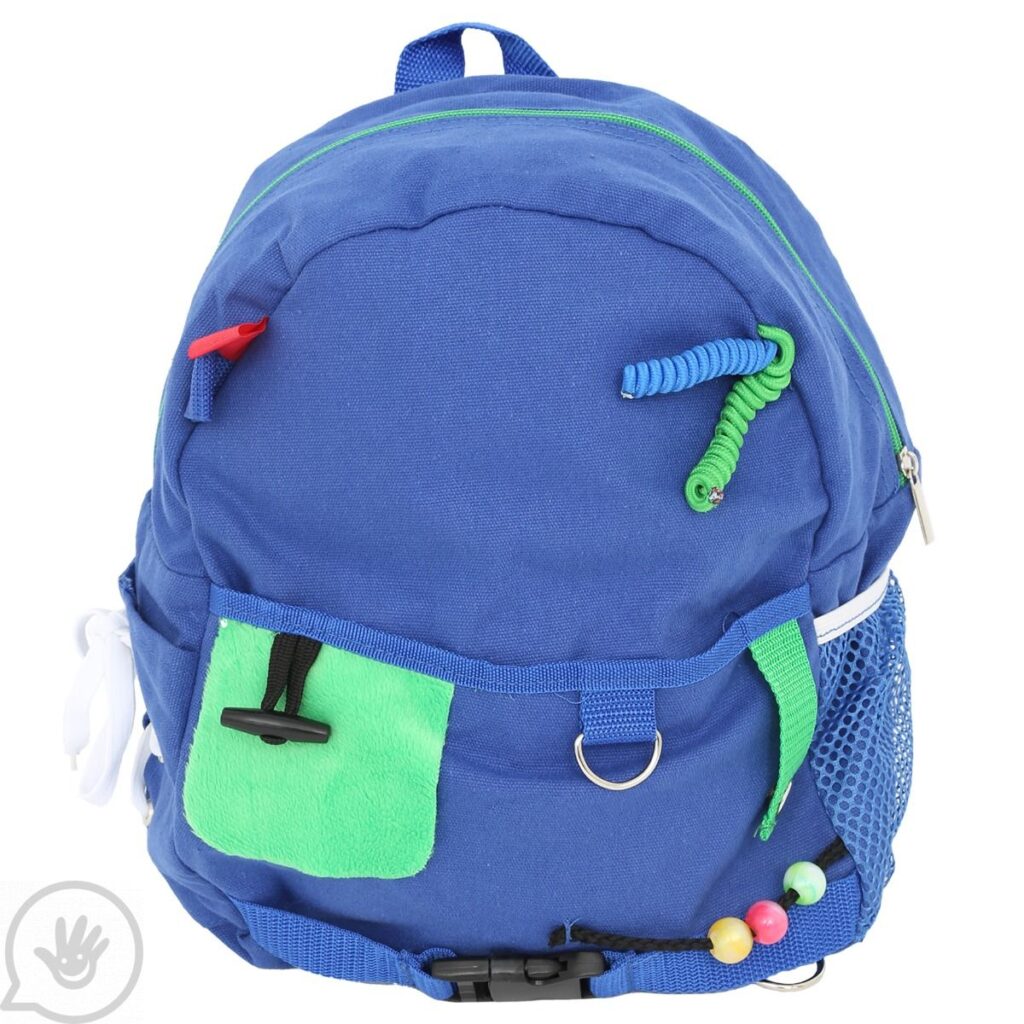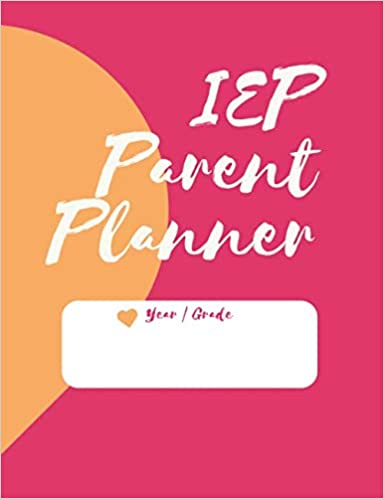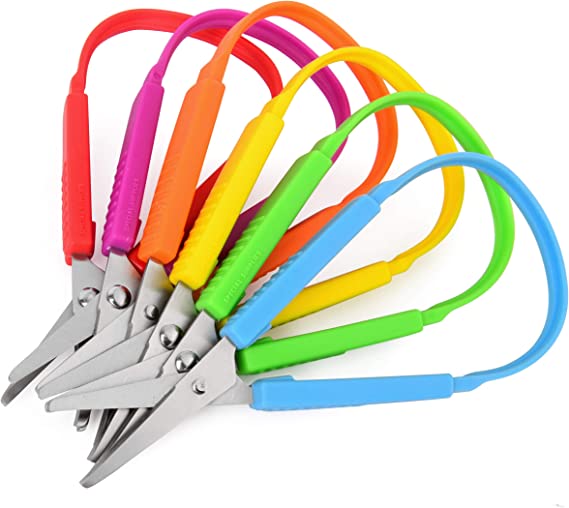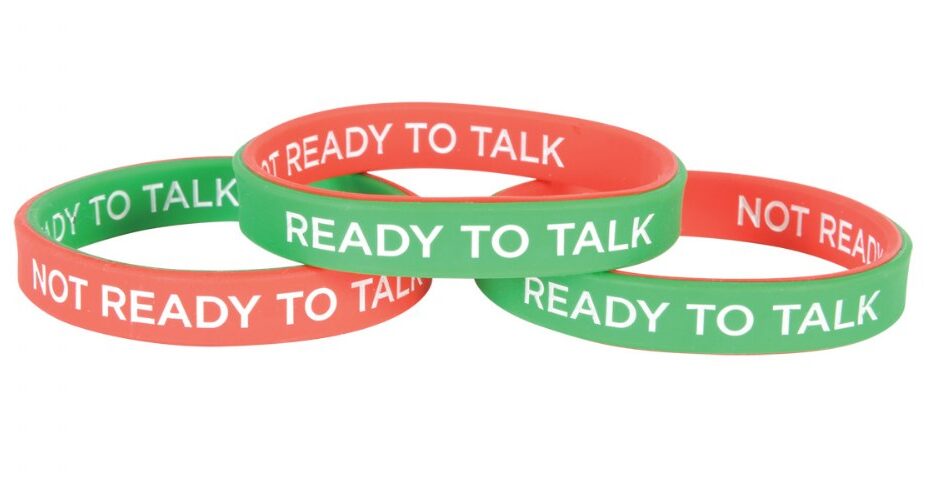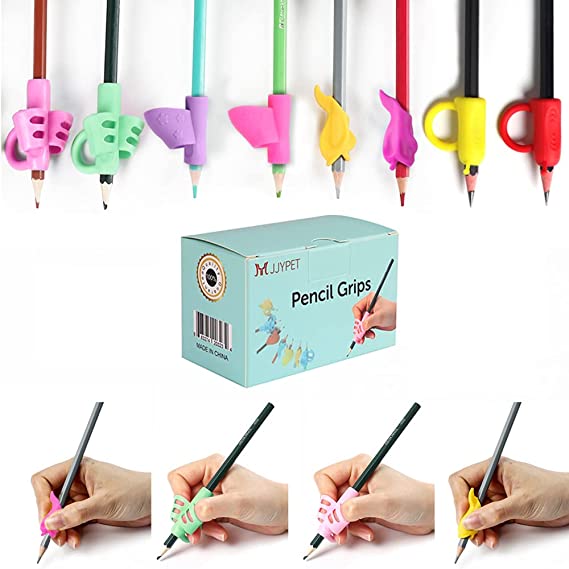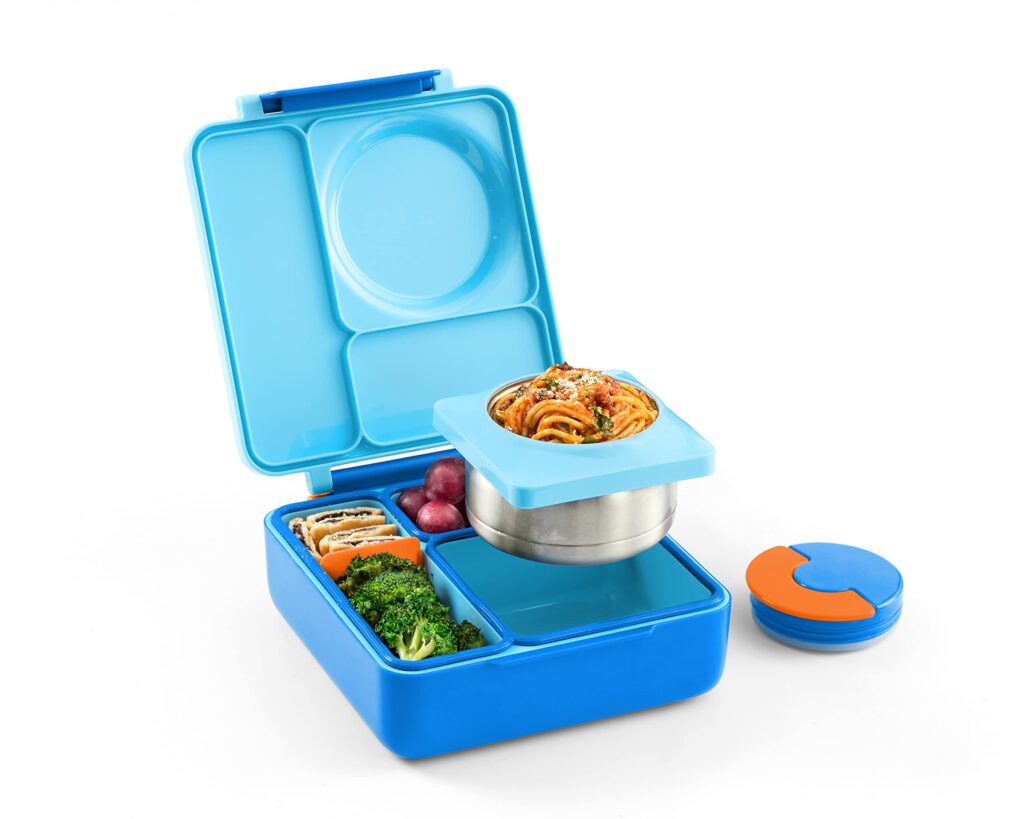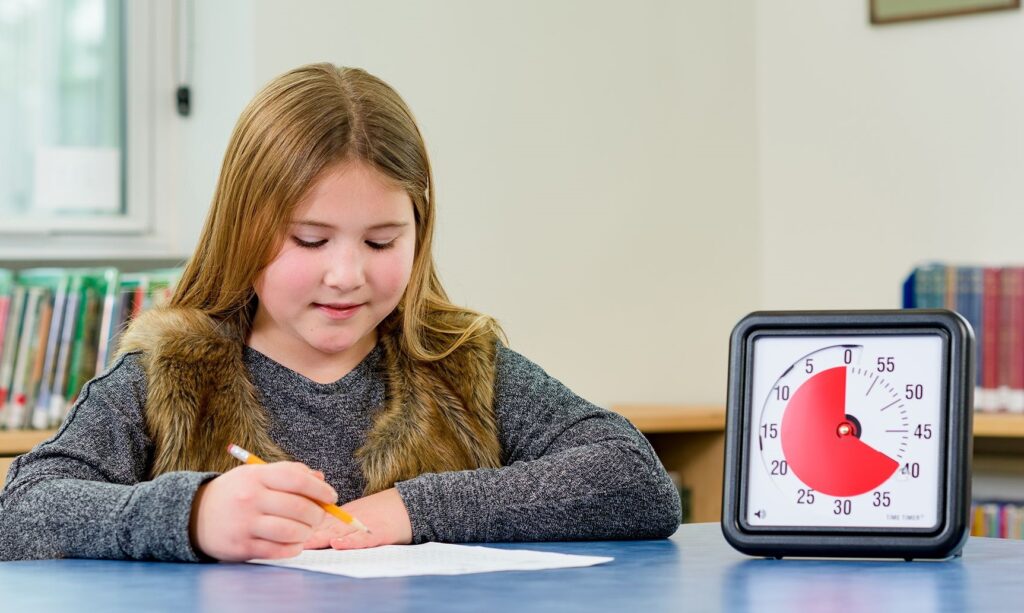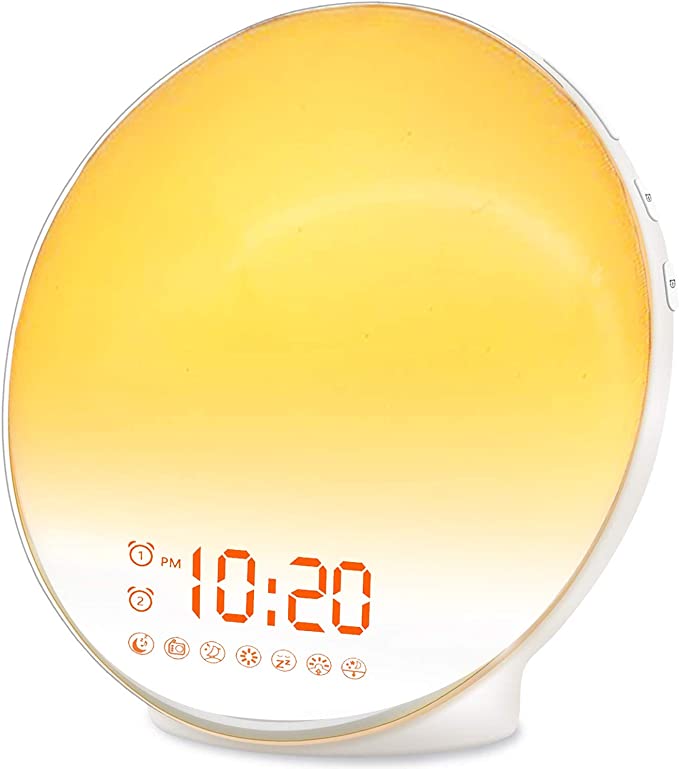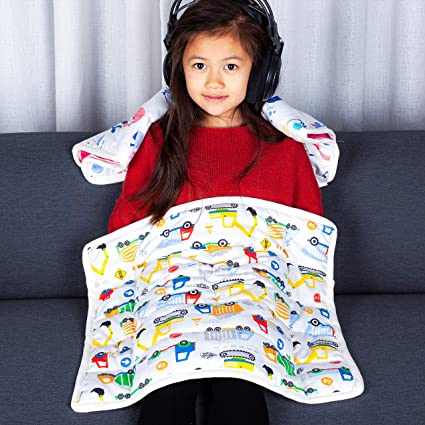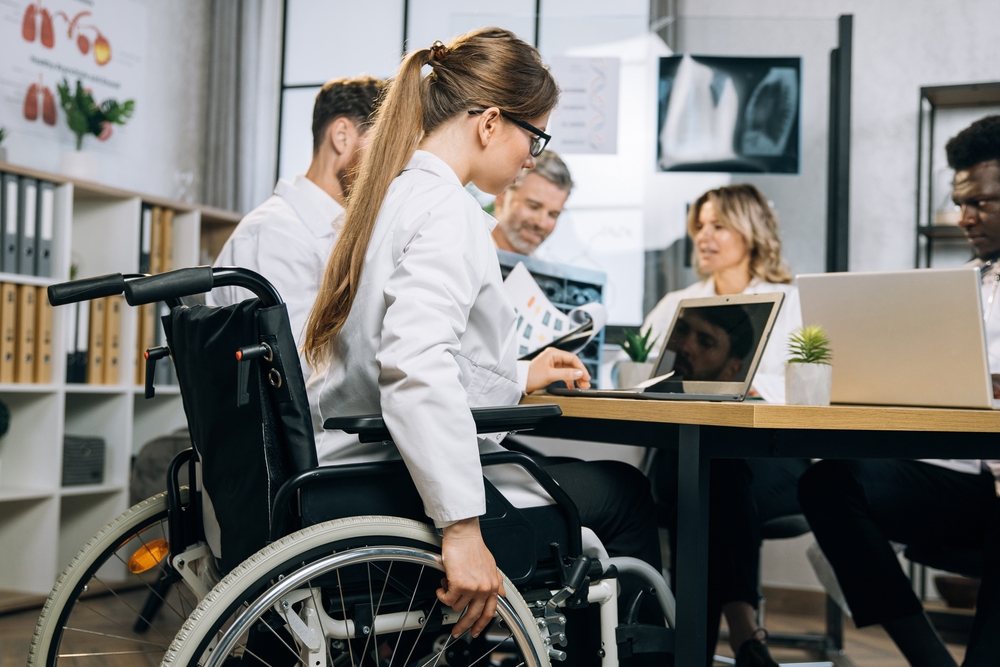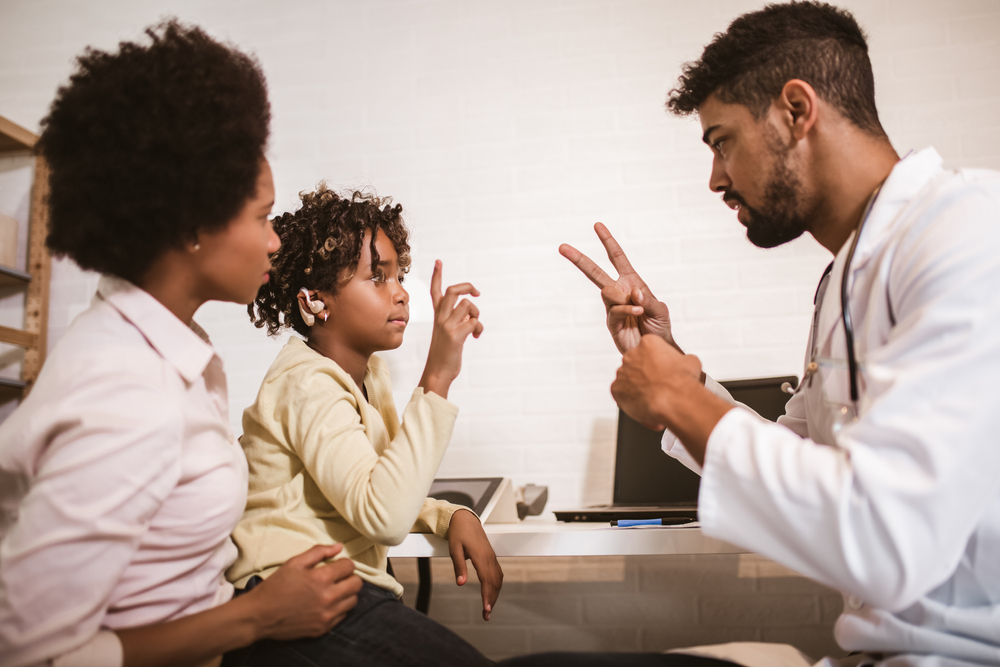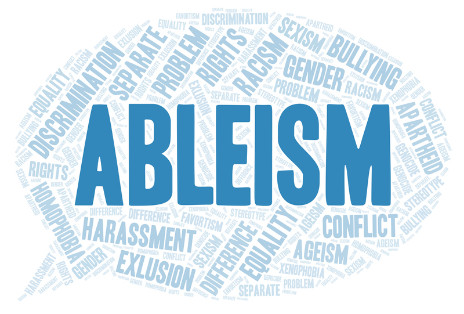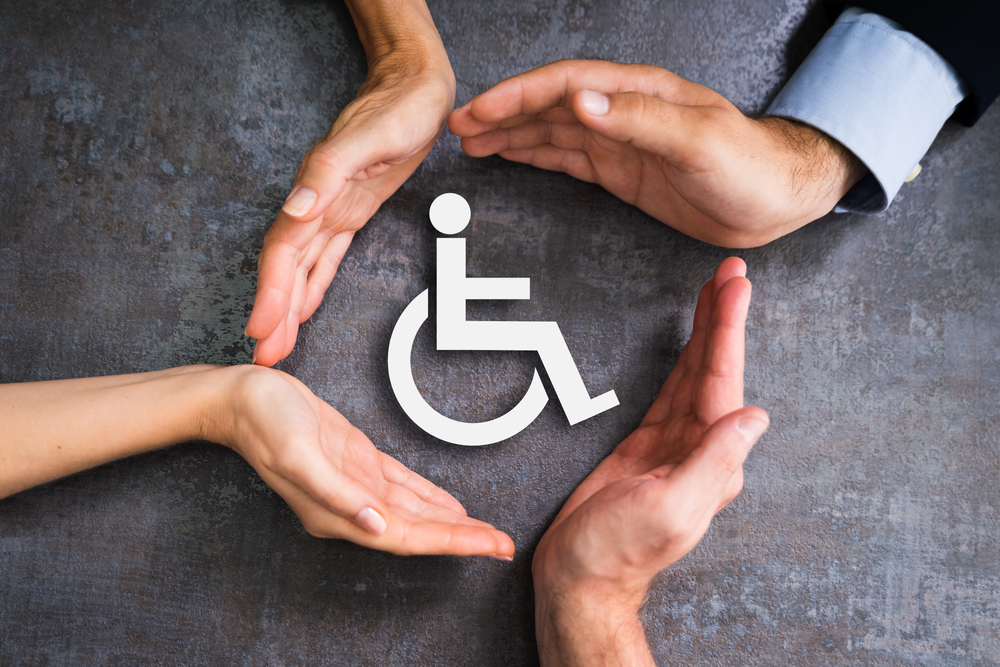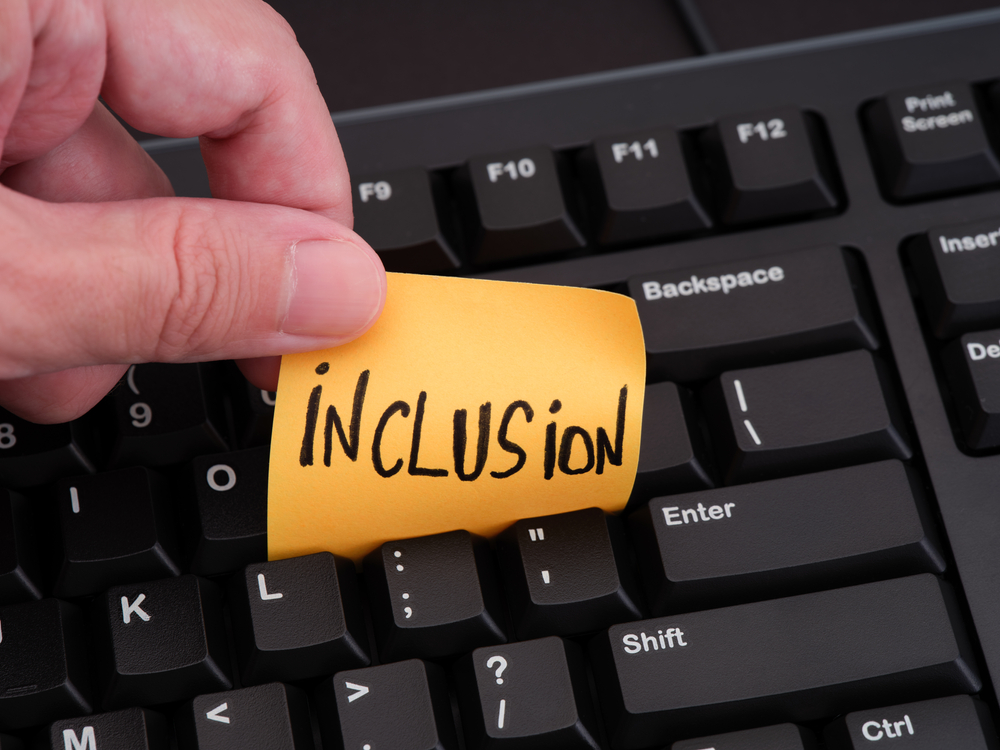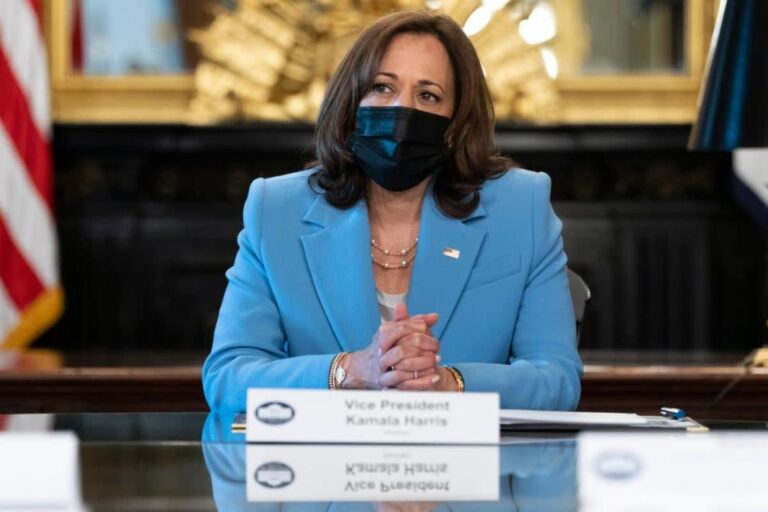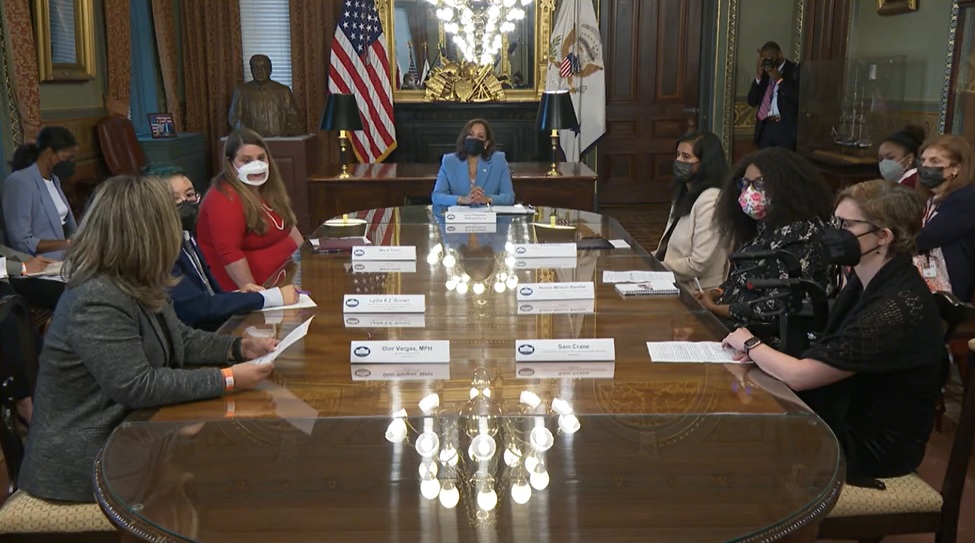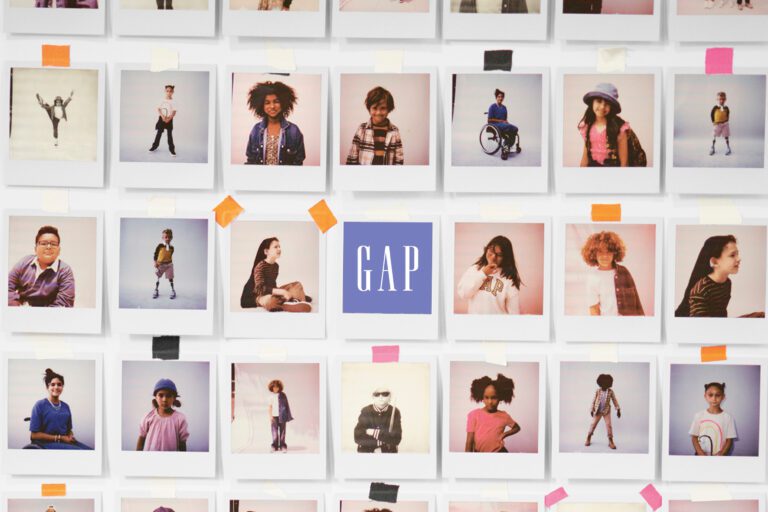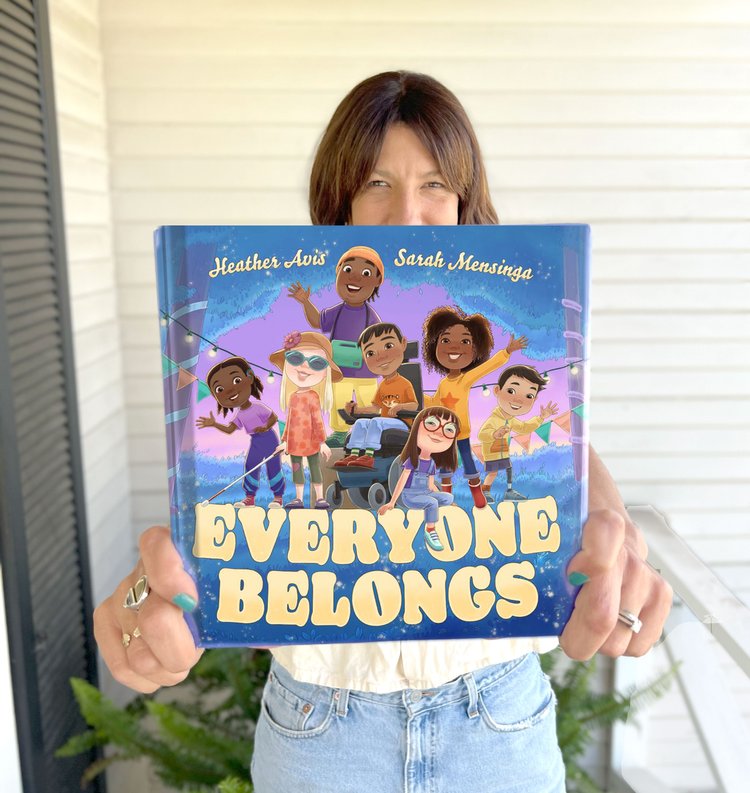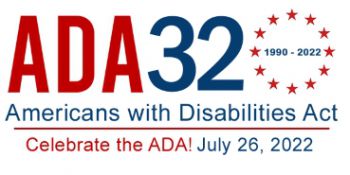President Joe Biden signed the Inflation Reduction Act at the White House on Tuesday, August 16, 2022. His sign-off comes after Congress passed the act last week following close to a year of negotiations. The Inflation Reduction Act includes important health care reforms that will grant financial relief for people living with certain disabilities, such as ALS and diabetes.
“We will lower the cost of prescription drugs for our seniors and reduce health insurance premiums for 13 million Americans,” Vice President Kamala Harris said in an official press statement regarding the law’s impact. This is an important step as, according to the White House, Americans have been paying two to three times what citizens of other countries pay for prescription drugs.
In addition to lowering costs for families, the Administration asserts that provisions in the Inflation Reduction Act will also combat the climate crisis, reduce the deficit and urge the largest corporations to pay their fair share of taxes.

The Administration released the following breakdown, as it pertains specifically to healthcare:
Cutting Prescription Drug Cost
- 5-7 million Medicare beneficiaries could see their prescription drug costs go down because of the provision allowing Medicare to negotiate prescription drug costs.
- 50 million Americans with Medicare Part D will have peace of mind knowing their costs at the pharmacy are capped at $2,000 per year, directly benefiting about 1.4 million beneficiaries each year.
- 3.3 million Medicare beneficiaries with diabetes will benefit from a guarantee that their insulin costs are capped at $35 for a month’s supply.
Lowering Health Care Costs
- 13 million Americans will continue to save an average of $800 per year on health insurance premiums.
- 3 million more Americans will have health insurance than without the law. The uninsured rate is at an all-time low of 8%, which the historic law will build on.
Disability Advocates React to the Inflation Reduction Act
Some disability advocates are applauding the signing of the Inflation Reduction Act, but hope that progress doesn’t stop there.
“ALS imposes a heavy financial burden on people living the disease. This cap on out-of-pocket expenses is an important step in reducing that burden by making sure people with ALS can pay for their prescription drugs. We are grateful to those in Congress who worked with us on this provision and applaud this step forward to reducing the drug costs for people living with ALS,” said Dr. Neil Thakur, chief mission officer of The ALS Association.
According to The ALS Association, although these landmark prescription drug reforms will begin in a few years, people currently on a health plan through the Affordable Care Act marketplace can continue to receive insurance premium tax credits through 2025. These tax credits will help lower the cost of insurance premiums.
The final legislation, however, did not include a provision, offered as an amendment during debate on the bill by Sen. John Barasso (R-Wyo.), that would have banned the use of quality-adjusted-life-year (QALY) assessments in Medicare. The ALS Association says it will continue to oppose the use of QALY in coverage determinations for ALS patients, agreeing with the National Council on Disabilities that the metric devalues the life of and discriminates against those with disabilities.
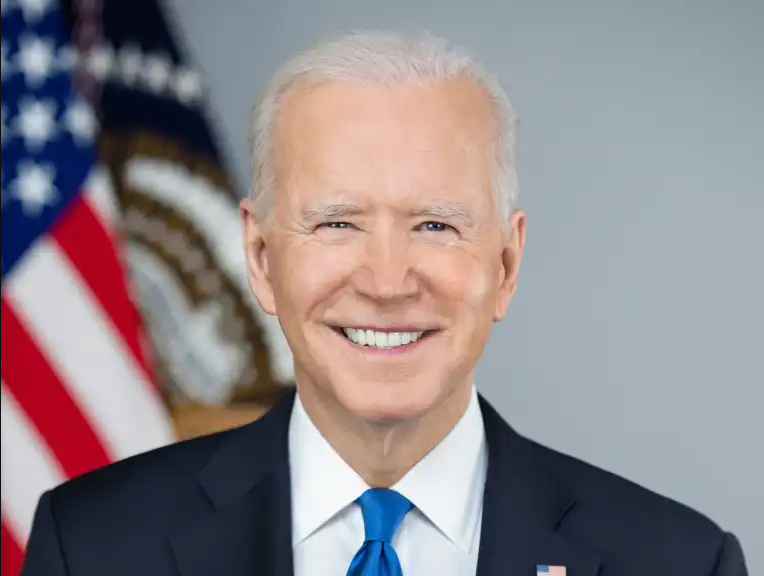
“The American Diabetes Association has been the leading organization advocating for copay caps for insulin, resulting in the enactment of these cost-sharing limits in 22 states and the District of Columbia,” said Lisa Murdock, chief advocacy officer for the American Diabetes Association (ADA). “While we have more work to do to expand this benefit to all people with diabetes who rely on insulin to survive, this first national copay cap is a significant step in the right direction and a potentially life-saving policy change for seniors.”
“Having health insurance is the single strongest predictor of whether adults with diabetes have access to high-quality health care and are able to manage their diabetes,” added Dr. Robert Gabbay, the ADA’s chief scientific and medical officer. “Uninsured Americans who are at risk for diabetes and its complications are much less likely to receive a diagnosis, and if they do get a diagnosis, they still average 60 percent fewer office visits with a physician and experience 168 percent more hospital visits than their insured counterparts. The expansion of these ACA health insurance subsidies will literally save lives of people with diabetes.”
The Autistic Self Advocacy Network (ASAN) also acknowledged that the Inflation Reduction Act includes some broader policies that will benefit some people with disabilities; again noting that drug pricing reform in Medicare is an important first step, and includes critical protections against discrimination for people with disabilities. However, ASAN also asserted its disappointment with the final draft of the Inflation Reduction Act.
A statement on the ASAN website explained, in part, “While the bill contains some small investments that will tangentially benefit the disability community, almost every disability-related policy from the Build Back Better Act was stripped out. This was not due to lack of heroic grassroots advocacy; the disability community made our voice heard loud and clear for over a year. Ultimately, these cuts were made for political reasons that do not reflect the realities and needs of disabled people and so many other communities.”
How do you feel about the potential impact of the Inflation Reduction Act? Are you advocating for additional steps?









